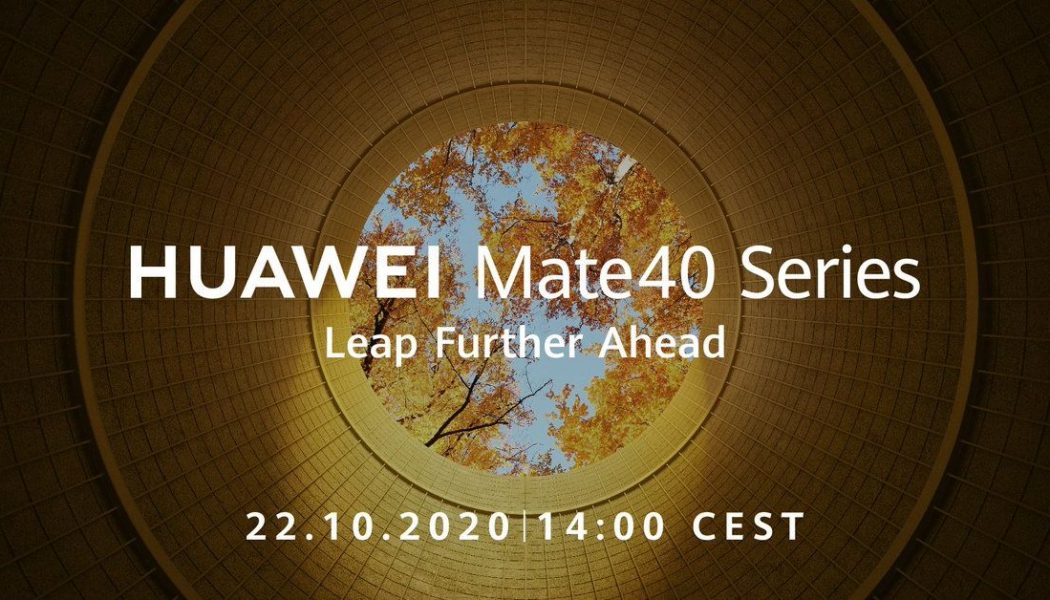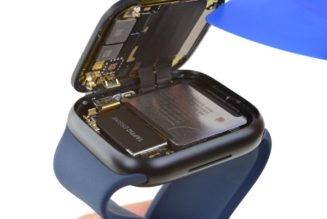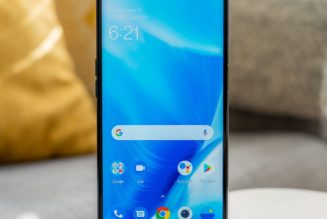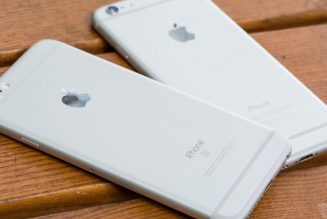
Huawei has tweeted that it will reveal its Mate 40 series on October 22nd, likely the last of its phones to have Kirin chips— at least for the foreseeable future— due to the ongoing economic pressure from the US.
Richard Yu, CEO of Huawei’s consumer business unit, said at a conference August 7th that “this year may be the last generation of Huawei Kirin high-end chips.” The US has accused Huawei of building backdoors into network infrastructure, ostensibly to aid Chinese government spying efforts. Huawei has denied the Trump administration’s accusations of spying.
But the Trump administration placed Huawei and 114 of its affiliates on its Entity List in May 2019, which meant US firms were unable to sell technology to the company without explicit US government approval.
It also meant Google was barred from doing business with Huawei, preventing Huawei from obtaining an Android license, and keeping Google apps off Huawei devices. In May, the US Commerce Department issued an amended export rule to block shipments of semiconductors to Huawei.
That export rule prevented foreign manufacturers of semiconductors who use American software and technology in their operations from shipping their products to Huawei unless they first obtained a license from the US. The Taiwan Semiconductor Manufacturing Co. (TSMC), the largest semiconductor manufacturer in the world, reportedly halted orders for Huawei’s HiSilicon unit in May following the new US rule.
There’s no word yet on when the Mate 40 devices will ship to customers, but rumors suggest Huawei will introduce Mate 40 and Mate 40 Pro editions. The Mate 40 Pro is expected to have a 6.7-inch screen, with the Mate 40 coming in at 6.5 inches. Android Authority says the devices could be priced between €1,200 and €1,300 (or $1400 to $1500).









